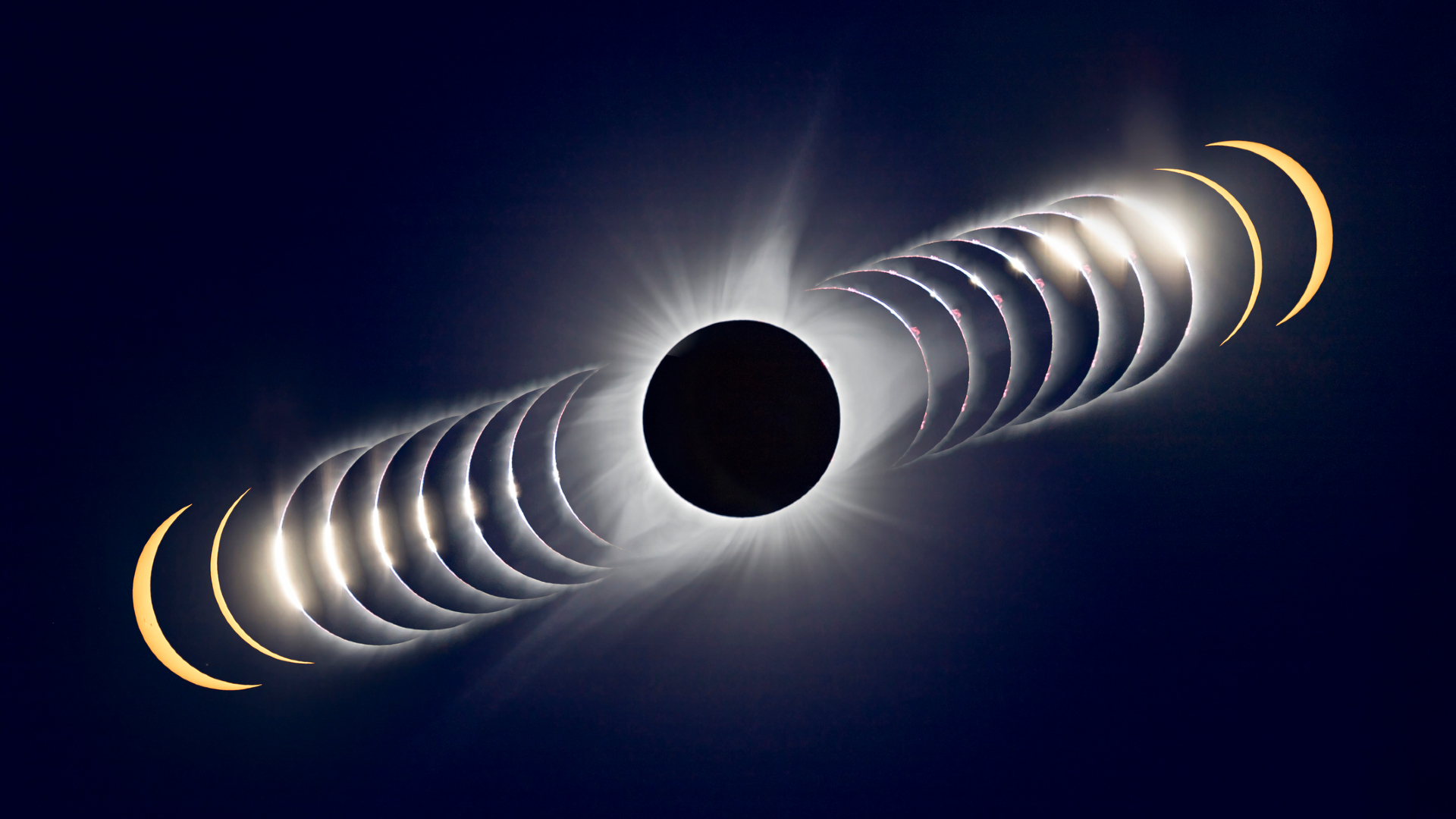Deadly Cyanide Might Help Us Better Understand Early Life
Two chemicals that poison humans could have helped to pave the way for life on Earth.

Even though cyanide is a deadly poison for humans, scientists have found that its presence in meteorites may help us to better understand life itself.
A new study suggests that meteorites laced with iron, cyanide and carbon monoxide (another compound deadly to humans) would have helped early life on our planet. Cyanide in particular was likely essential for life's origin, NASA said in a statement, because it is involved in synthesizing amino acids and nucleobases, the building blocks of proteins and nucleic acids upon which life depends.
"When most people think of cyanide, they think of spy movies — a guy swallowing a pill, foaming at the mouth and dying, but cyanide was probably an essential compound for building molecules necessary for life," Karen Smith, a senior research scientist at Boise State University, said in a statement.
Related: Earth's Oldest Meteorite Collection Just Found in the Driest Place on the Planet
Cyanide in combination with iron and carbon monoxide resembles the products of enzymes called hydrogenases. These enzymes gave energy to early life forms — single-celled microorganisms like bacteria and archaea — by breaking down then-plentiful hydrogen gas in the young Earth's atmosphere.
After extracting and measuring ancient bits of cyanide in meteorites, scientists found that the compound tends to occur in a class of carbon-rich former space rocks called CM chondrites. Luckily, NASA's OSIRIS-REx spacecraft (Origins, Spectral Interpretation, Resource Identification, Security, Regolith Explorer) happens to be orbiting a world called Bennu, which likely is related to CM chondrites. Once OSIRIS-REx brings a precious sample back to Earth in 2023, scientists will carefully search it for any evidence of cyanide.
While scientists have known about cyanide in meteorites before this study, this research offers some new insights. For example, it appears that cyanide and carbon monoxide link up with iron to create stable compounds (or iron cyano-carbonyl complexes) similar to certain structures on those vital hydrogenase enzymes.
Breaking space news, the latest updates on rocket launches, skywatching events and more!
It's a hopeful sign for scientists interested in figuring how biology came to be on Earth, given that once our planet was filled with only non-biological chemistry. The similarity between hydrogenase enzymes and the meteorite-cyanide compounds suggests that maybe meteorites made life possible. Specifically, NASA said, "non-biological processes in the parent asteroids of meteorites, and on ancient Earth, could have made molecules useful to emerging life."
One possibility is that the iron cyano-carbonyl complexes in meteorites may have acted as a precursor to the hydrogenase active sites we see today. Eventually, perhaps, the complexes formed a part of those proteins, becoming a building block of life itself.
A paper based on the research was published on June 25 in Nature Communications.
- Meteorites on Earth May Come from Just a Handful of Early Lost Worlds
- Rare Meteorites on Earth Forged in Massive Crash on Asteroid Vesta
- This Antarctic Meteorite Holds a Tiny Speck of Stardust That's Older Than the Solar System
Follow Elizabeth Howell on Twitter @howellspace. Follow us on Twitter @Spacedotcom and on Facebook.

Elizabeth Howell (she/her), Ph.D., was a staff writer in the spaceflight channel between 2022 and 2024 specializing in Canadian space news. She was contributing writer for Space.com for 10 years from 2012 to 2024. Elizabeth's reporting includes multiple exclusives with the White House, leading world coverage about a lost-and-found space tomato on the International Space Station, witnessing five human spaceflight launches on two continents, flying parabolic, working inside a spacesuit, and participating in a simulated Mars mission. Her latest book, "Why Am I Taller?" (ECW Press, 2022) is co-written with astronaut Dave Williams.
